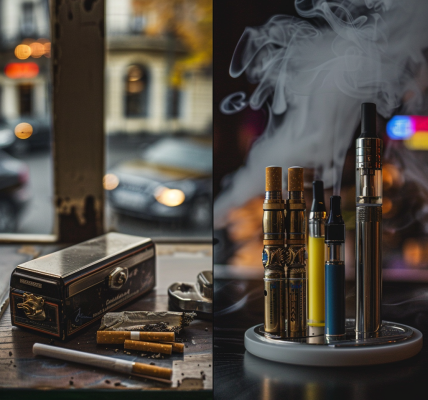As summer approaches, many individuals eagerly anticipate spending more time outdoors, soaking up the sun. However, for those on certain medications, this enjoyment could come with unexpected consequences due to photosensitivity. Understanding the risks associated with medications and sunlight exposure is crucial for maintaining skin health and overall well-being.
Photosensitivity is a condition in which the skin becomes overly sensitive to sunlight or ultraviolet (UV) light. This heightened sensitivity can lead to various skin reactions, including irritation, rashes, sunburns, and even blistering. Dr. Skyler Nguyen, a family physician with Optum Utah, emphasizes the importance of being aware of the medications that can cause such reactions.
Many common medications can lead to photosensitivity. These include antibiotics, nonsteroidal anti-inflammatory drugs (NSAIDs), diuretics, Retin-A, cholesterol-lowering medications, and even oral contraceptives. Dr. Nguyen explains that there are two primary types of photosensitivity: photoallergy and phototoxicity.
Photoallergy is the milder form of photosensitivity, typically occurring when the sun’s rays interact with the active ingredients in a medication. Symptoms may include mild sunburn, redness, peeling, and itching, which can manifest one to two days after sun exposure. In contrast, phototoxicity is a more severe reaction that may occur when the medication becomes activated by sunlight. This can result in symptoms such as peeling, burning, oozing, rash, severe itchiness, swelling, and blistering, often appearing just minutes or hours after sun exposure.
Dr. Nguyen highlights that while the risk of photosensitivity exists, it does not guarantee that everyone taking these medications will experience adverse reactions. For instance, if someone is taking ibuprofen (Advil) and decides to go swimming, they may not necessarily encounter any issues. However, it is crucial for individuals to remain vigilant and take preventive measures.
Wearing sunscreen is one of the most effective ways to protect the skin from harmful UV rays, regardless of medication use. Dr. Nguyen recommends using a broad-spectrum sunscreen with an SPF of 30 or higher, ensuring it provides protection against both UVA and UVB rays. Additionally, wearing sun-protective clothing, such as long sleeves and wide-brimmed hats, can further reduce the risk of sun damage.
When it comes to skincare products, timing is essential. Dr. Nguyen advises applying certain products, such as Retin-A, glycolic acid, Vitamin C, and benzoyl peroxide, at night. This allows the active ingredients to work effectively without increasing the risk of photosensitivity during the day. By the morning, the skin has had sufficient time to recover, making it safer to venture outside.
While moderate sun exposure can be beneficial—providing essential Vitamin D and potentially improving mood—precautions should always be taken. Dr. Nguyen reminds individuals that excessive sun exposure can lead to serious skin issues, including skin cancer, acne, and premature aging.
For those currently taking medications, it is advisable to consult with a healthcare provider or pharmacist to determine if there is a risk of sun sensitivity. If severe sunburn or blistering occurs, seeking medical attention is crucial to prevent further complications.
In summary, as the summer sun beckons, individuals must remain informed about the potential risks associated with medications and sun exposure. By taking proactive steps to protect the skin, one can enjoy the outdoors while minimizing the chances of adverse reactions.





